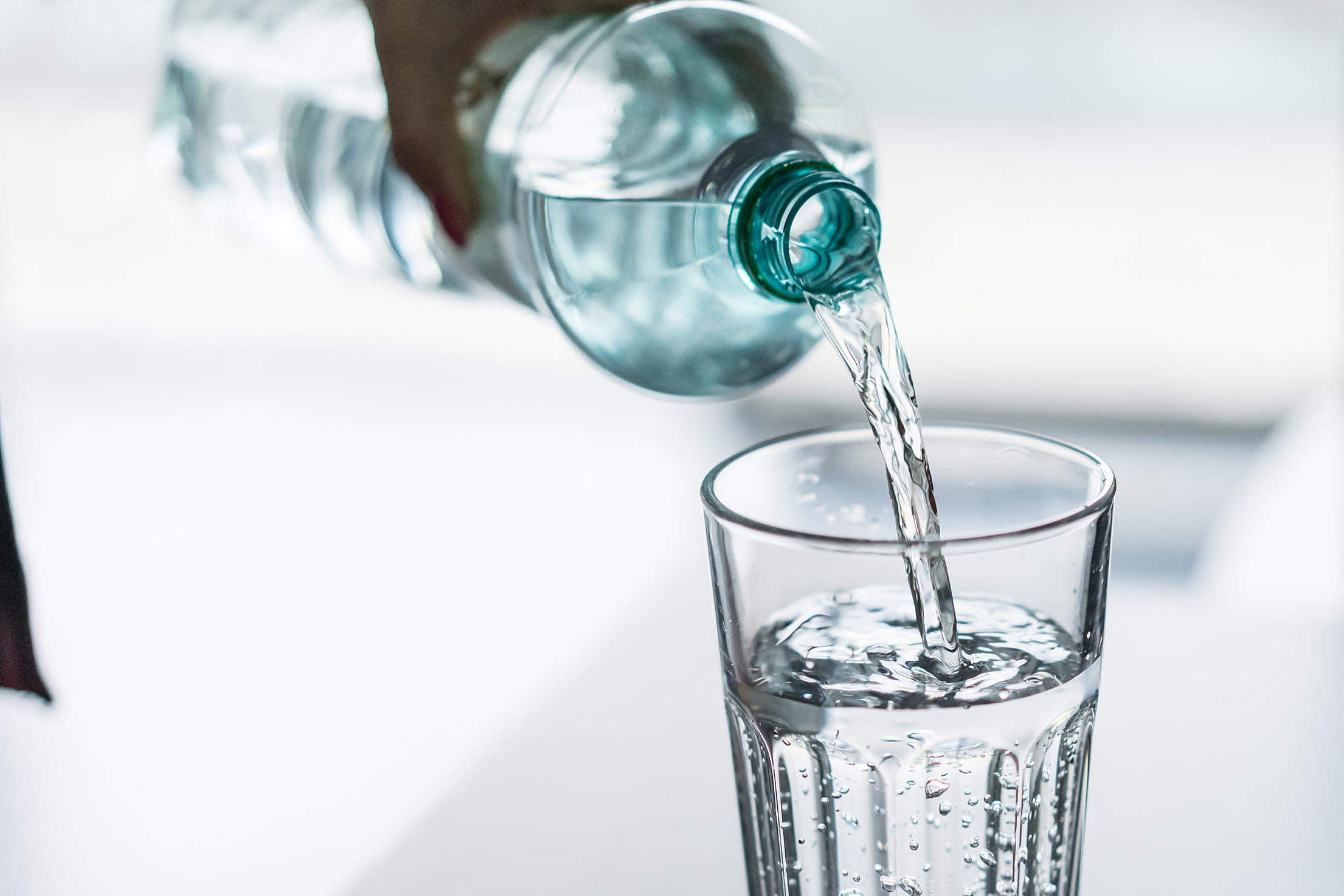Table of Contents
How Can People Conserve Water At Home?
Water is a precious resource that is essential for our daily lives. However, with increasing population and climate change, water scarcity has become a pressing issue in many parts of the world. It is crucial for individuals to take responsibility and conserve water at home to ensure its sustainable use for future generations. In this article, we will explore various ways in which people can conserve water at home, backed by research, examples, and statistics.
1. Fix Leaks and Dripping Faucets
One of the most common causes of water wastage at home is leaks and dripping faucets. According to the Environmental Protection Agency (EPA), a single leaky faucet can waste up to 3,000 gallons of water per year. Therefore, it is essential to regularly check for leaks and fix them promptly.
Example: John noticed a small leak in his bathroom faucet. He immediately called a plumber to fix it. By taking quick action, John not only saved water but also reduced his water bill.
2. Install Water-Efficient Fixtures
Another effective way to conserve water at home is by installing water-efficient fixtures. Low-flow showerheads, faucets, and toilets can significantly reduce water consumption without compromising on performance. According to the EPA, water-efficient fixtures can save a household up to 20% on water usage.
Example: Sarah replaced her old showerhead with a low-flow one. This simple change reduced her water usage by 40%, resulting in substantial water savings over time.
3. Collect and Reuse Rainwater
Rainwater harvesting is an excellent method to conserve water at home. By collecting rainwater in barrels or tanks, you can use it for various non-potable purposes such as watering plants, cleaning, or flushing toilets. This reduces the demand for treated water and helps conserve water resources.
Example: The Smith family installed a rainwater harvesting system in their backyard. They used the collected rainwater to water their garden and wash their car, reducing their reliance on municipal water supply.
4. Practice Smart Irrigation
Outdoor water usage, particularly for irrigation, accounts for a significant portion of residential water consumption. By adopting smart irrigation practices, you can minimize water wastage and still maintain a healthy garden. Some tips for smart irrigation include:
- Watering plants early in the morning or late in the evening to reduce evaporation
- Using drip irrigation systems that deliver water directly to plant roots
- Adjusting sprinklers to avoid watering sidewalks or driveways
Example: Mark installed a smart irrigation controller that automatically adjusted watering schedules based on weather conditions. This resulted in significant water savings as the system avoided unnecessary watering during rainy periods.
5. Opt for Water-Efficient Appliances
Household appliances such as washing machines and dishwashers can consume a substantial amount of water. Choosing water-efficient models can make a significant difference in water conservation. Look for appliances with the ENERGY STAR label, as they are designed to use less water while maintaining optimal performance.
Example: Lisa replaced her old washing machine with an ENERGY STAR certified model. The new machine used 40% less water per load, resulting in both water and energy savings.
6. Educate and Involve the Family
Conserving water at home is a collective effort that requires the participation of every family member. Educate your family about the importance of water conservation and involve them in adopting water-saving practices. Encourage shorter showers, turning off the tap while brushing teeth, and using a broom instead of a hose for outdoor cleaning.
Example: The Johnson family held a family meeting to discuss water conservation. They created a chart to track their water usage and rewarded each family member for their efforts in conserving water. This not only created awareness but also made water conservation a fun and engaging activity for the entire family.
Frequently Asked Questions (FAQ)
1. How much water can be saved by fixing a leaky faucet?
Fixing a leaky faucet can save up to 3,000 gallons of water per year, according to the EPA.
2. Are low-flow showerheads effective in reducing water usage?
Yes, low-flow showerheads can reduce water usage by up to 40% without compromising on performance.
3. Can rainwater harvesting be used for drinking purposes?
Rainwater harvested from rooftops is typically used for non-potable purposes such as watering plants, cleaning, or flushing toilets. Additional treatment is required to make it suitable for drinking.
4. How can smart irrigation systems save water?
Smart irrigation systems adjust watering schedules based on weather conditions, avoiding unnecessary watering during rainy periods. This results in significant water savings.
5. What is the benefit of choosing water-efficient appliances?
Water-efficient appliances use less water while maintaining optimal performance, resulting in both water and energy savings.
6. How can I involve my family in water conservation?
Educate your family about the importance of water conservation and involve them in adopting water-saving practices. Create awareness, track water usage, and reward family members for their efforts in conserving water.
Summary
Conserving water at home is crucial for sustainable water management. By fixing leaks, installing water-efficient fixtures, collecting rainwater, practicing smart irrigation, opting for water-efficient appliances, and involving the family, individuals can make a significant impact on water conservation. These actions not only help preserve water resources but also contribute to reducing water bills and promoting a more sustainable future.
